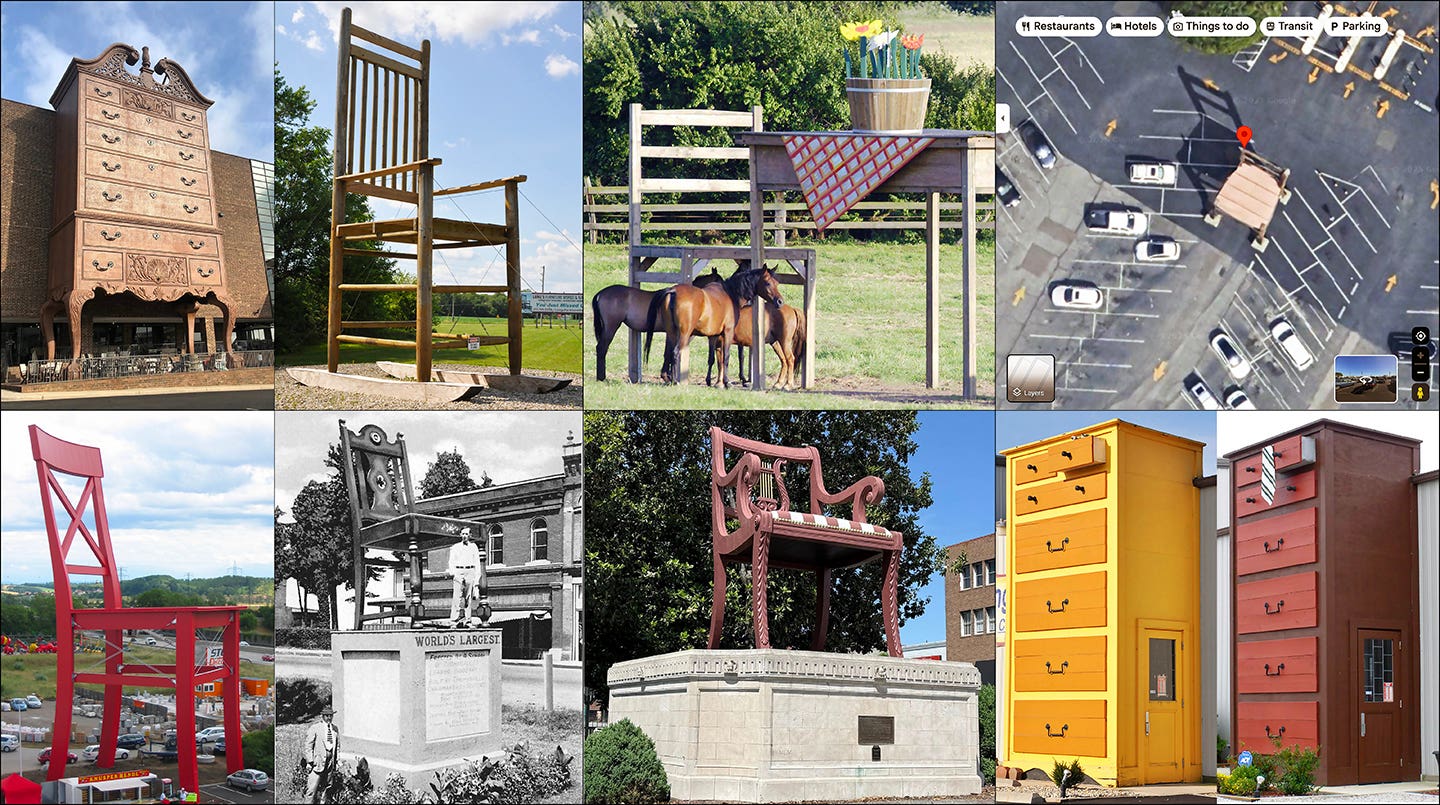Certainty of the outcome boosts value of CNC
RES Woodworking in Clinton, Conn., has a well-equipped shop. On a recent visit, I quickly noted a SawStop table saw, Altenrdorf F45 slider, 36” wide belt sander, dovetailer, Kreg multi-spindle…
RES Woodworking in Clinton, Conn., has a well-equipped shop. On a recent visit, I quickly noted a SawStop table saw, Altenrdorf F45 slider, 36” wide belt sander, dovetailer, Kreg multi-spindle pocket hole and 4’ x 8’ face-frame table, and several shapers and router tables. It actually took a minute to find the Omnitech Selexx Pal CNC machine, painted bright orange with a 5’ x 10’ worktable.
Owner Ray Swan purchased the router in 2007. It only has been used for about 500 hours, but Swan says it was a good investment. His measurement of success is that the CNC machine was purchased with the idea that it was to be his next “employee,” one that would work consistently and precisely, rather than as a “moneymaker” to increase the output of his two-man shop.
Swan’s entry into digital fabrication started with the purchase of Cabinet Vision’s CAD software in 2000. He uses it mostly to design basic cabinets, which are modified to meet customer requests and construction constraints. Swan estimates he uses about 80 percent of the software’s capabilities.
The step into the CNC world, like everything Swan has done, was after a slow and analytic review of the options.
Part of it was driven by the often-heard lament, “I can’t find any decent help.” That is why Swan called the CNC machine his next employee. Actually, the way he uses the combination of Cabinet Vision (with an added manufacturing module) and the CNC machine, he has a couple of new hires.
The software provides two — a “salesperson,” since it can create realistic renderings of what a completed kitchen will look like, and an “estimator”, capable of calculating and optimizing the materials needed to complete the job. You can probably add “designer” as well, since software prepares his shop drawings.
Swan organizes the final documents — final renderings, cut lists and shop drawings — into a job-specific three-ring binder. The details are discussed with his employees before the project is started. This has reduced his role of overseeing the project’s completion, since he no longer has to be on top of every detail during the construction process.
The shop has taken the extra step of using mobile sorting racks to store parts immediately after they’ve been cut on the CNC machine. And this is one aspect of where Swan sees the biggest payoff. Before he got the CNC, he estimates it took his crew three to four days to cut the sheet goods for a typical kitchen. It now takes three to four hours.
Time is also saved in assembly, since the CNC machine cuts all of the dados and rabbets and holes for drawer slides, hinges and adjustable shelves. While the machine works, his guys are putting together cabinets.
He and his new “employees” have become a well-oiled machine. The process doesn’t change, whether for a single cabinet or a whole kitchen’s worth. “It’s so much faster and efficient to use this software/CNC combination,” he says. “That, coupled with the certainty of the outcome, makes the investment worthwhile.”
This article originally appeared in the January 2016 issue.







